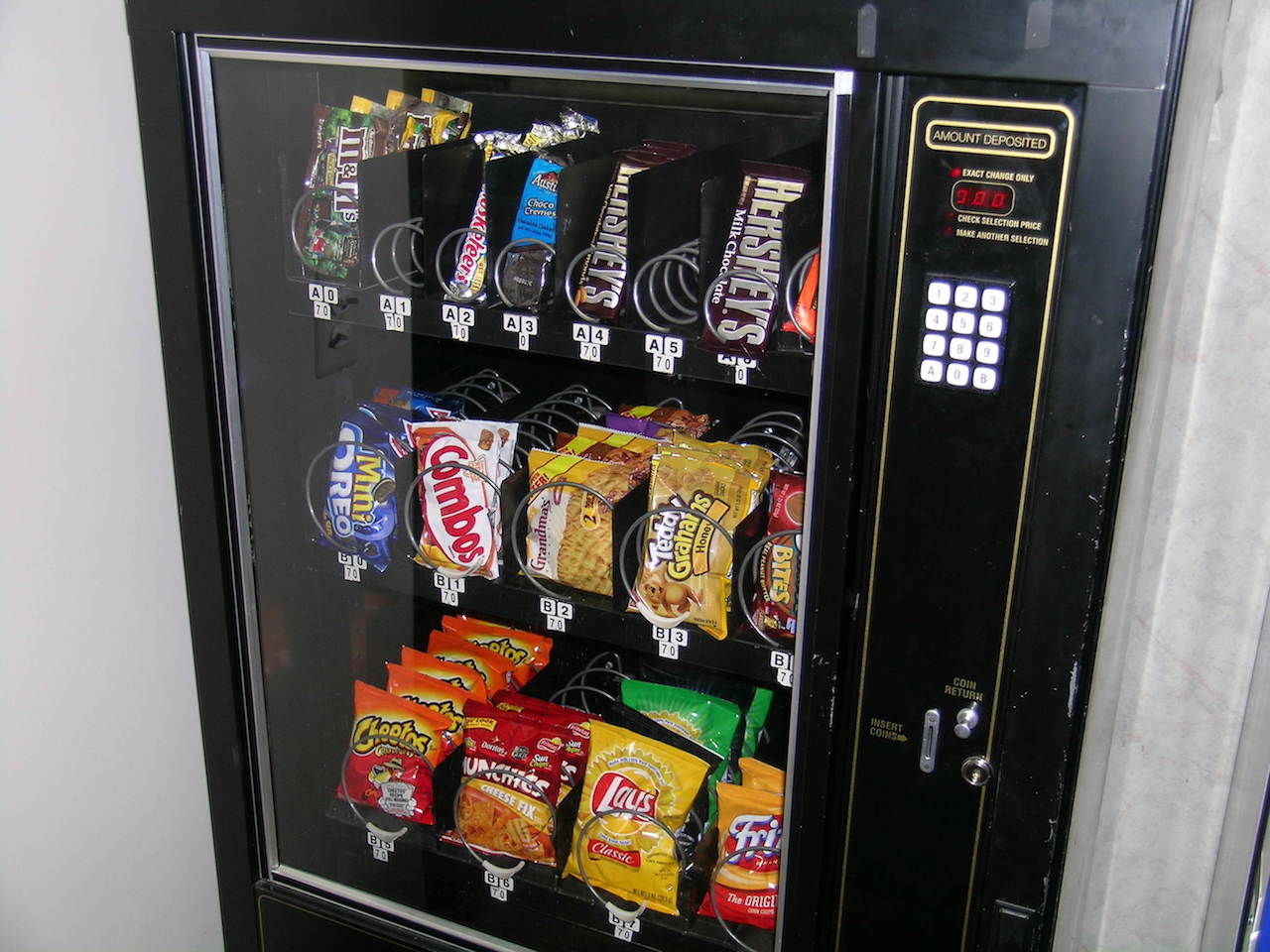
You’d think you’re buying a 3D printer to produce objects, be they prototypes or otherwise. But there’s another way to look at the machine: as a vending machine.
Customers purchasing 3D printers clearly have manufacturing objectives in mind when considering a device from a vendor, but from the vendor’s point of view, things could be viewed quite differently.
There’s the old tale of how the business isn’t selling razors, but instead it’s about selling razor blades! That business model has been used many times in many places by many businesses, one of which is the current 2D inkjet printing business.
For inkjet ink you pay premium prices, far more than the cost of the printer itself in the long run. While you might think ink is not that expensive, consider its price by volume: perhaps USD$700 per liter. This could be the most expensive substance commonly purchased by most people.
But think about how this works from a 2D printer manufacturer point of view: “let’s create a machine that causes customers to repeatedly buy something we can make cheaply, but charge a lot for.”
I’m afraid that same pattern exists in the 3D printing world, and it in a sense defines a division between desktop and commercial 3D printing.
Consider the case of a large industrial 3D printer, one that might cost say, USD$150,000. That’s a hefty price, but not outrageous for many firms. However, purchasing this item causes some activity on their financial sheets: Typically a large capital purchase is gradually written off over the period of time it’s expected to operate.
This means that an expensive machine could be expected to operate in a firm for perhaps several years. And during that period, the firm had better be getting value from that investment: it has to be printing as much as possible.
But wait – these high-end machines very typically require proprietary materials, which can acquired only from that manufacturer at, well, any price they’d care to set for them. They can do this because the customer has already financially committed to using the machine for a lengthy period. During this period, the manufacturer can repeatedly sell proprietary materials cartridges to the client because they have no other option.
From the point of view of the manufacturer, they effectively have a large “fleet” of machines in the field at customer locations, all expected (if not guaranteed) to generate revenue from sales of material.
It’s like a vending machine.
There’s nothing wrong with vending machines; I find them quite useful and often convenient. But when purchasing a bag of Doritos, I know what to expect and have perspective on the value of the delicious corn chips versus other tasty alternatives.
In the case of 3D printers, it’s up to the buyer to ensure they truly know what they are committing to when deciding on an equipment purchase. Choose wrongly, and you might commit yourself to potentially years of material costs.
Image Credit: Wikipedia

